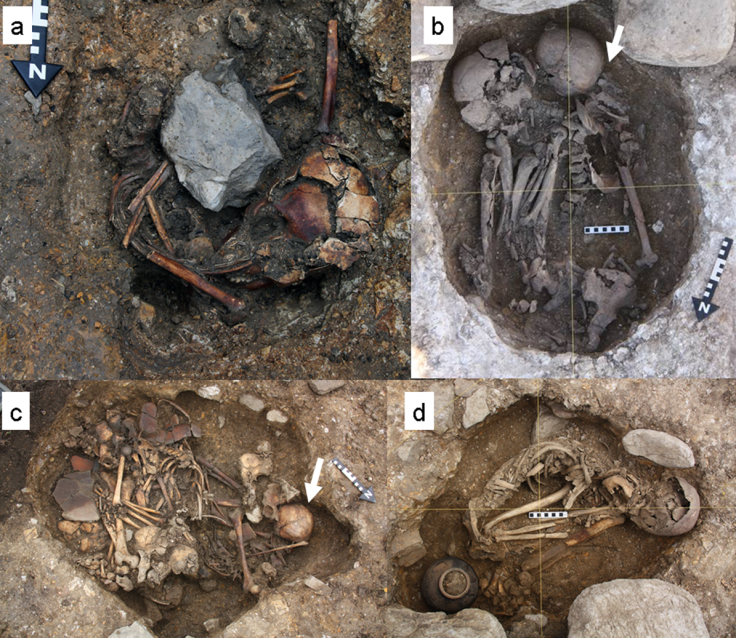Prehistoric hazing: Ancient Andeans willingly engaged in violent rituals that severely injured them
Skeletons found from the 13th to 6th centuries BC bear marks of severe trauma.

Ancient Andeans engaged in brutal, non-lethal bloodletting rituals, according to archaeologists excavating a Peruvian ceremonial site.
They found skeletons from between the 13th and 6th centuries BCE, which bore the marks of appalling injuries.
The site, known as Pacopampa, is located 2,500m up in the northern highlands of Peru, 70 km from the Pacific Coast. It was once home to a complex society, founded on ritual activities, which displays evidence of socioeconomic inequality, according to a study published in the journal Plos One.
Previous excavations have unveiled ceremonial architecture, cultural artefacts related to ritual practice and an elaborate subterranean canal system, which may have played an important role in rituals related to water and agricultural production.
The skeletal remains show signs of fractured skulls, facial and limb fractures and dislocated elbow joints, suggesting the individuals they belonged to were repeatedly and violently assaulted with blunt instruments.
But the team think the people that inflicted these wounds did not intend to kill. They found evidence that injuries healed, indicating that the victims did not die from them immediately.
The fact that individuals lacked defensive wounds suggested to the researchers that the injuries were inflicted under controlled conditions.
In addition, because the human remains were recovered from sites of ceremonial practices and there was equal distribution of trauma among both sexes, its more plausible that rituals were responsible for the injuries rather than other possible causes, such as warfare or capital punishment.
Furthermore, the settlement at Pacopampa lacks defensive architecture or fortifications, suggesting the inhabitants led generally peaceful lives, free from conflict.
Judging by the absence of luxury burial goods among those with trauma, they were most likely commoners. In the study, the researchers say that "violence in a ritual context may have contributed to the dominance over the people by an elite class".
The controlled practice of violence seems to be linked to the cult of predatory animals in the Central Andes at the time. Predators, especially felines, were a key religious icon, and the portrayal of humans with fierce animal characteristics found in the area may have represented the incorporation of natural power in humans.
"These anthropomorphised creatures emphasised the visible role of the high-ranking members of the cult and helped justified the elite's monopoly over life, death, and socioeconomic control through ritual," the researchers added.





